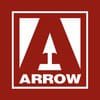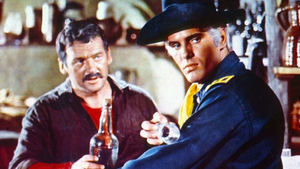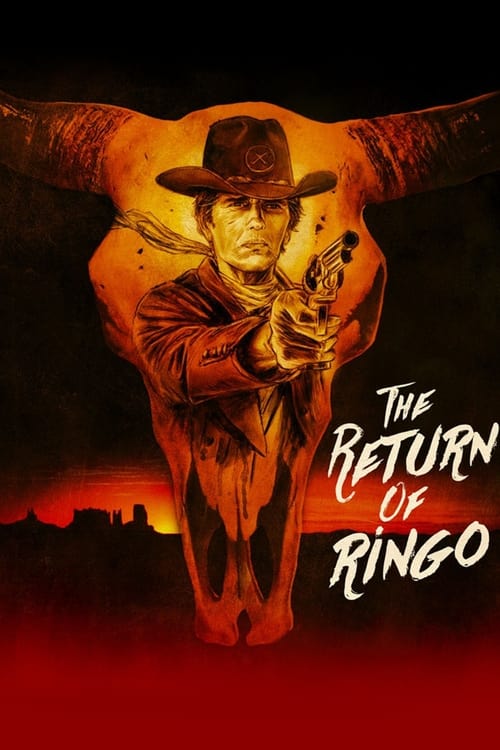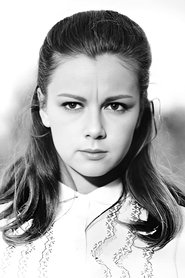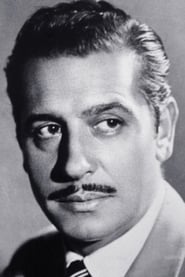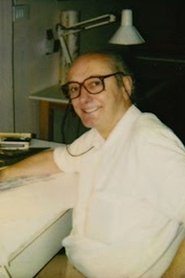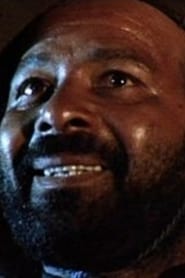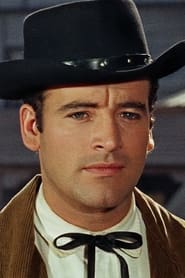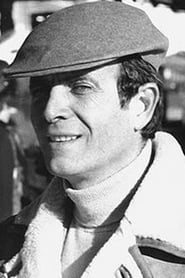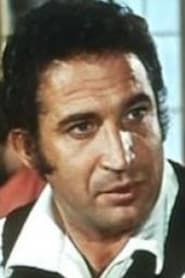Cast
View AllGiuliano Gemma
as Capt. Montgomery Brown / 'Ringo'
Lorella De Luca
as Helen Brown / Hally Fitzgerald
Fernando Sancho
as Esteban Fuentes
Antonio Casas
as Sheriff Carson
Nieves Navarro
as Rosita
Manuel Muñiz
as Miosotis 'Morning Glory'
Mónica Sugranes
as Elizabeth Brown
Víctor Bayo
as Jeremiah Pitt, the Saloon owner
Tunet Vila
as Mimbreno, the Apache medicine man
Juan Torres
as Bartender at Mimbres' village
Jose Halufi
as Gravedigger
George Martin
as Don Fernando Paco Fuentes
Fernando Di Leo
as Fuentes Henchman
Frank Oliveras
as Fuentes Henchman
Montserrat Prous
as Mexican Girl
Crew
Director
- Duccio Tessari
Producer
- Alberto Pugliese
- Luciano Ercoli
Reviews
John Chard
Fearless Men!
Il ritorno di Ringo (The Return of Ringo) is directed by Duccio Tessari and Tessari co-writes the screenplay with Fernando Di Leo. It stars Giuliano Gemma, Fernando Sancho, Hally Hammond, Nieves Navarro, Antonio Casas, George Martin and Manuel Muniz. Music is by Ennio Morricone and cinematography by Francisco Marin.
After fighting in the American Civil War, Ringo (Gemma) returns to his home town of Mimbres to pick up his life from pre the conflict. However, he finds the town is in the grip of Mexican bandits run by brothers Paco (Martin) and Esteban Fuentes (Sancho), their control over things extending to Ringo's wife, Helen (Hammond)...
No Entry For Dogs, Gringos And Beggars.
A sequel of sorts to A Pistol for Ringo (1965), with the same makers, cast, locations etc reconvening for a different story and scenarios, this ranks as one of the better follow up movies going. After a wonderfully sang title song opens up proceedings and we get introduced to Ringo (officially Montgomery Brown) via a bit of gun play and story setting, pic quickly identifies itself as a mournful revenge and rescue piece. We are deftly placed on the side of the protagonist, rooting for him to claim back his life and in the process rescuing his loved ones and vanquishing the whole town from racist bloody tyranny. It's a classic Western tale told with style at a suitably unhurried pace, the characters are formed because they get time to breathe, all relevant to the journey and the final destination that Tessari is taking us to.
I've come back Paco Fuentes!
With Sancho and Martin delightfully vile as the villains, it falls to Gemma to turn in a good one as our hero, and so it is. Ringo is a great character as written, his world turned upside down, and he has been funeralized as well! Ringo gets beaten, stabbed and emotionally battered, but he fights with guts and cunning. He is really cool as well, during adversity he can climb a rope one handed, cock his rifle the same, he is even prone to free falling from rooftops to enact skillful kill shots. For sure this is a Spaghetti Western hero for the ages. The natural beauty in the tale is obviously in the form of Hammond (socko gorgeous) and Navarro (socko sexy), these both dovetail nicely with the more grungy aspects of story and character actions and moral standards. While the makers enjoy filling the play with colourful support characters, such as a camp florist, alcoholic sheriff and a fortune telling whore.
Tech credits are very high. Tessari has a superb eye for a telling eye catching scene or sequence, cue Ringo doing a slow walk down the street, his form transformed via a number of coloured glass windows, scenes such as the way Ringo and Helen's initial recognition is lighted for ultimate worth, Ringo rapid fire with bandaged arm as a rest, strategic motifs like a knife thrown in a heart drawn on a tree, and of course the justifiably famous scene of Ringo in a doorway with dust storm raging around him, a scene that's as chilling as it is thrilling. Stunt work is great as well, in a sub-genre of film known for its exaggerations, it's pleasing to see so many falls enacted with genuine believability, none more so than for the exhilarating last quarter of film. This last quarter brings our hero into his pomp, all while bodies and buildings are way laid by bullets (get that wicked Butterfly monikered artillery repeater!), an action prelude to the final outcome that we want, in fact demand!
Then finally there's Morricone, whose score is one of his non Leone best. It's a swirl of emotions, darting in and around the main character, occasionally rising to thunderclap status for key dramatic scenes, with a music box tie-in that's heart achingly effective. Morricone's work is the cherry on the cake, for this is a superb Spaghetti Western of blood, brains and balls, and worth seeking out by anyone interested in the better half of this mixed sub-genre of film. 8.5/10
Sep 17, 2017
John Chard
Apologies for double submission.
Sep 17, 2017
Thematic Analysis
The Return of Ringo represents a fascinating example of Western cinema, offering viewers a unique perspective on the human experience and societal structures. The film's approach to its themes demonstrates a creative vision that distinguishes it within its genre.
Director Duccio Tessari brings their distinctive visual style to this film, continuing their exploration of themes seen in their previous works while adding new elements. Their approach to pacing and visual storytelling creates a viewing experience that rewards close attention.
Released in 1965, the film exists within a cultural context that now offers viewers historical perspective on the social issues of that era. Its reception demonstrates the diverse reactions to its artistic choices and its place in cinema history.
Did You Know?
- The production of The Return of Ringo took approximately 20 months from pre-production to final cut.
- The final cut of the film runs for 95 minutes, though the director's initial assembly was reportedly 141 minutes long.
- The costume department created over 220 unique costume pieces for the production.
- The screenplay went through 7 major revisions before the final shooting script was approved.
- The musical score contains over 70 unique compositions.
Historical Context
- In 1965, when this film was released:
- Counterculture movements were challenging traditional values.
- The Vietnam War was becoming increasingly controversial.
- The film industry was dominated by major studios, with independent cinema still in its early development.
How This Film Stands Out
While The Return of Ringo shares thematic elements with other films in its genre, it distinguishes itself through its unique approach to storytelling, visual style, and character development.
Unlike Any Gun Can Play, which takes a more conventional approach to its subject matter, The Return of Ringo subverts genre expectations by exploring its themes with greater nuance.
While films like China 9, Liberty 37 and Django explore similar territory, The Return of Ringo stands apart through its distinctive directorial vision and pacing.
This film's unique contribution to cinema lies in its bold artistic choices and willingness to challenge viewer expectations, making it a valuable addition to its genre.
Details
- Release Date: December 8, 1965
- Runtime: 1h 35m
Where to Watch
